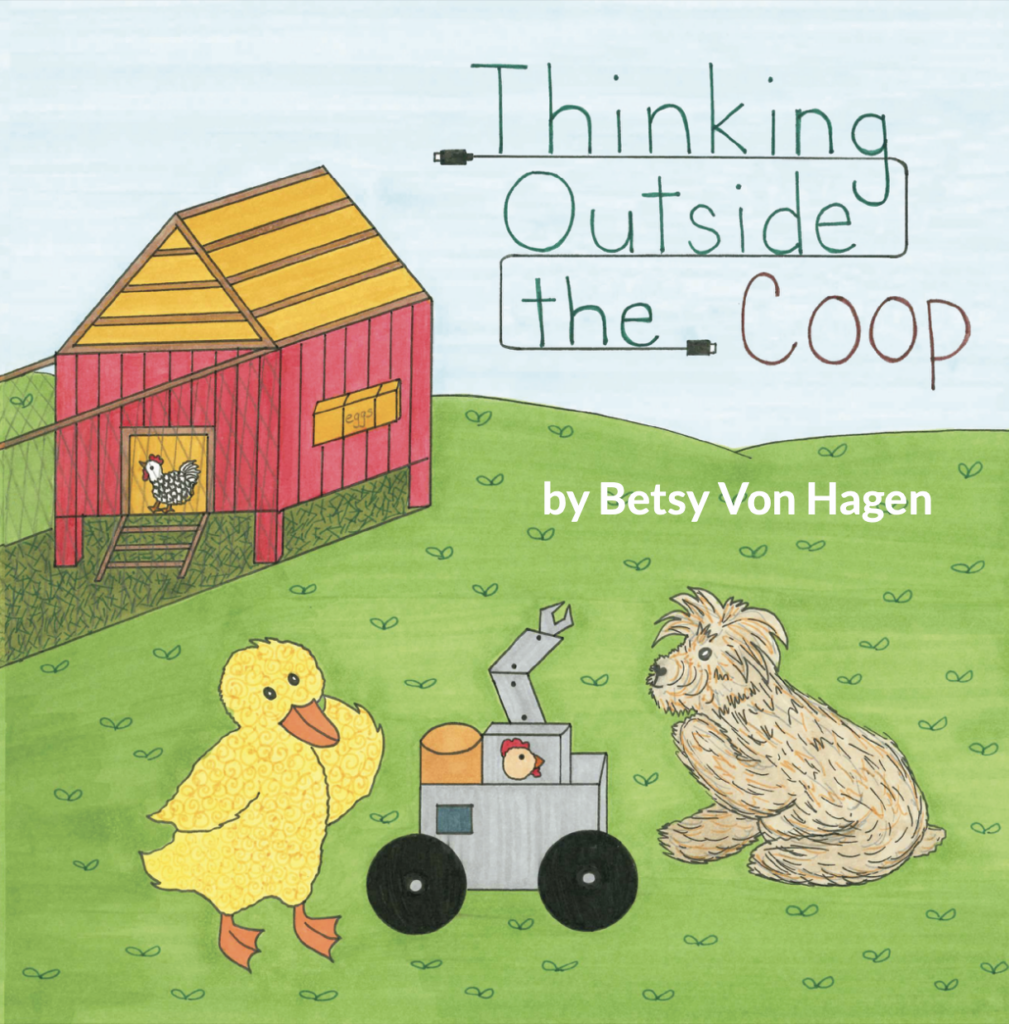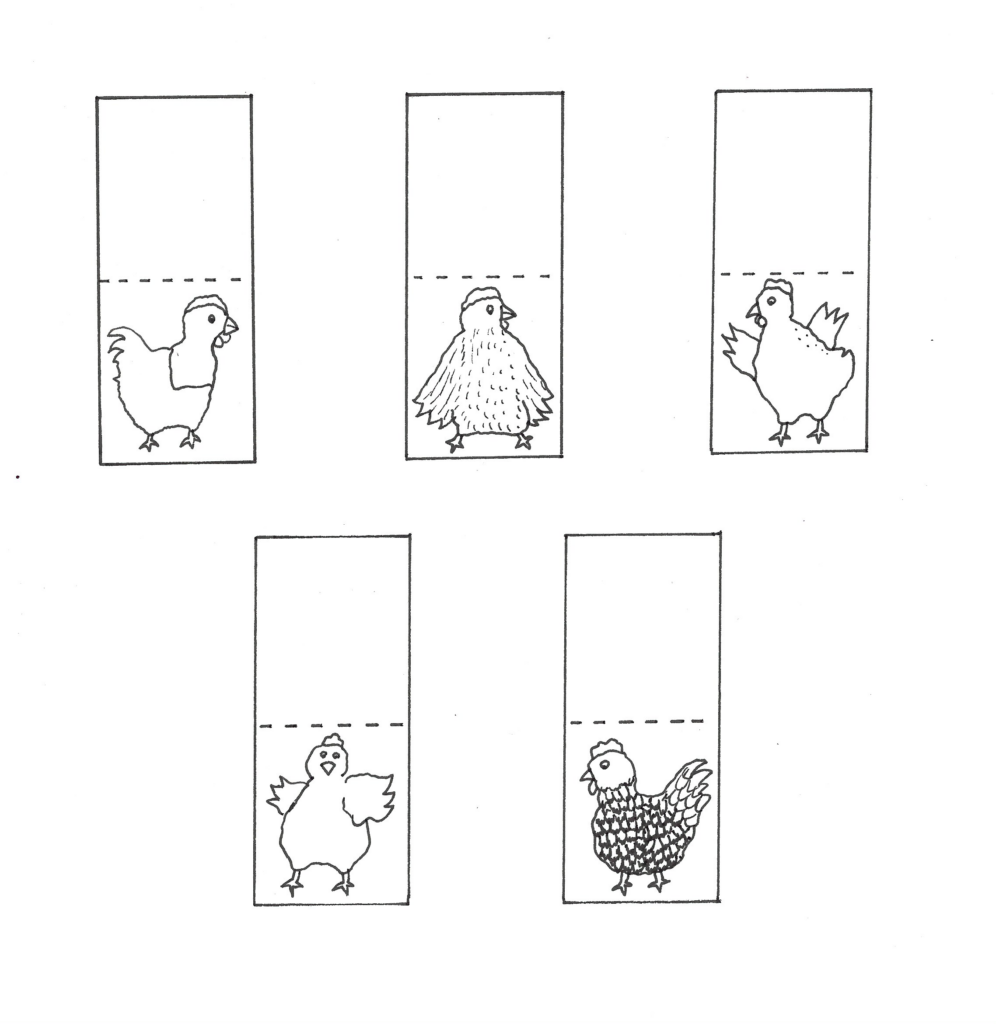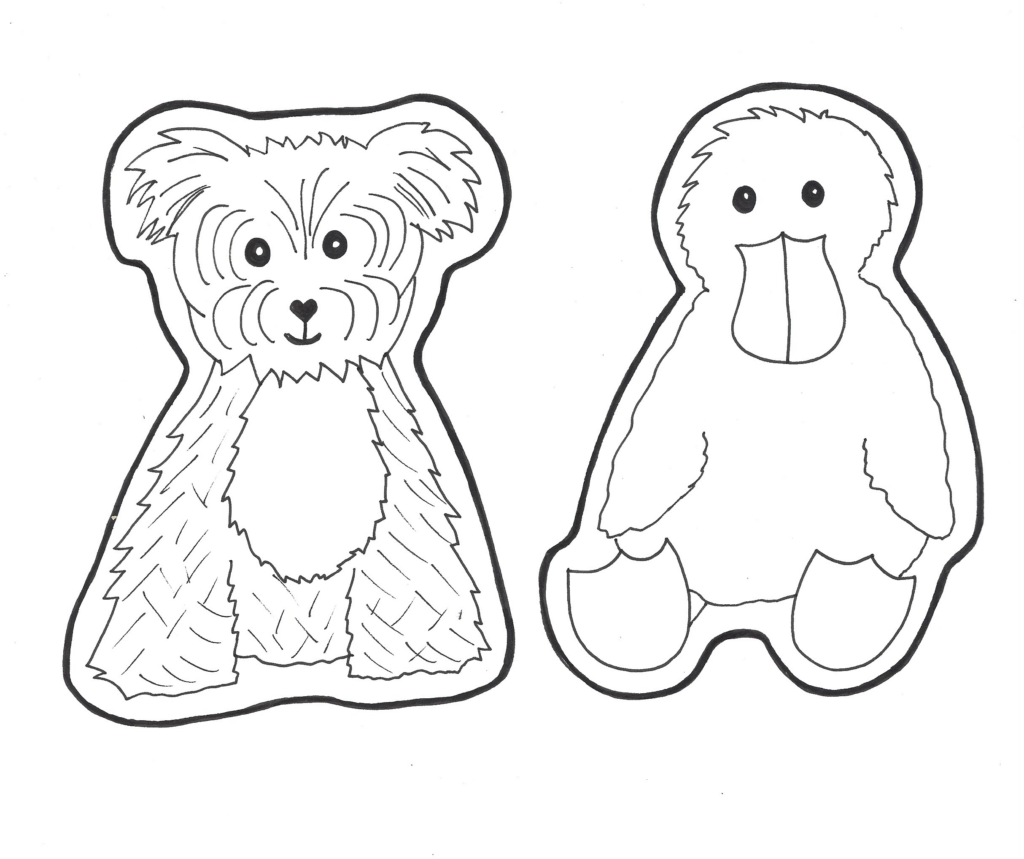Thinking Outside the Coop
A children's book written and illustrated by Betsy Von Hagen for the Rural Technology Fund

The chicken coop is egg-speriencing some problems. Eggs go missing, eggs are getting dirty, and eggs are being stolen. Widget and Zip, the dog and duck duo, get to work problem-solving. See how they design electronic circuits, 3D print tools, and even build their own robot to prove that there’s more than one way to overcome an obstacle.
Every day, we work with rural school teachers and librarians to provide tools that help introduce more kids to the potential of tech-centric careers. Part of the mission includes helping students understand how people can use computers and other tech to solve real-world problems in an accessible way. “Thinking Outside the Coop,” written and illustrated by Betsy Von Hagen, is just the story to do that.
This book, targeted at elementary school-aged children, is available to purchase on Amazon, with a portion of the proceeds going directly to the Rural Technology Fund. This funding allows us to provide technology education resources to more students in rural areas. We’ll also be donating copies of this book to schools nationwide, accompanying our existing support to rural classrooms.

Meet our Author
Betsy Von Hagen was born in Washington, DC and grew up in Alexandria, Virginia. She has worked as a Kindergarten teacher, PreK teacher, Reading teacher, Curriculum Writer, and Content Expert. She is currently a PreK teacher. Betsy lives in Crofton, Maryland with her family: her husband Richard, 2 college-aged sons (Nate and Sam), a teenage daughter (Bridget), a dog (Marble) and various other pets. Betsy has dreamed of publishing her first book since she was 17 years old. 33 years later, this dream has come true. RTF, the Rural Technology Fund partnered with her in creating her new book: Thinking Outside the Coop. Betsy has many more books she would love to share. Be on the lookout for much more to come!
Resource Library
Check out these extension activities and supplementary ideas to support the inclusion of “Thinking Outside the Coop” in your classroom! Toggle through the different age ranges to see the various suggestions.
Extension Activities for 4 – 5 year olds
When eggs were going missing, Widget installed a camera to watch the chickens.
Let’s make a pretend camera! You will need: a cylinder (such as an empty Pringles container or paper towel roll), a piece of wax paper, a pin, wax paper, tape, black construction paper, and a blanket. On ehow’s site under “Getting Crafty” is an article entitled How to Make a Pinhole Camera for Kids. Visit this site for a visual explanation: https://www.ehow.com/how_6697673_make-pinhole-camera-kids.html Cover one end of the cylinder with wax paper, unless it has a clear top attached (such as a Pringles container). The other side, if it does not have a bottom, can be covered with black construction paper. Pole a tiny hole in the center of the bottom. Cover the cylinder and your head with a blanket so that all you can see is through the wax paper side of the cylinder. What do you see? Why do you think you see this way? How is this different than how your eye can see?
Zip created a Scare Dog to scare away animals that might want to eat chicken eggs.
Can you design your own “Scare Machine”? What would it look like? What would it do to scare off animals? Draw and label your idea.
Widget and Zip built a robot whose job is to collect eggs.
If you could design a robot to do a job for you, what would it be? Draw a design for a robot! What job can he do for you? How will he do it?
Egg shell science: How strong is an egg shell?
What can you balance on top of an egg shell?
Crack open and wash out the inside of two eggs. You can cut the egg shells to make them even. Build a bridge by placing the four half shells in a line. See what you can balance on top of the egg shell bridge. On the Science Sparks website, Emma Vanstone details the experiment in her article entitled How Strong is an Eggshell? See this link for more details and pictures: https://www.science-sparks.com/how-strong-is-an-eggshell/
Widget worked on the left-hand side of the coop. Zip worked on the right-hand side of the coop. Color, cut, and glue Widget and Zip puppets (see below) and attach to popsicle sticks. As teacher / parent calls out “left” or “right” and the name of a body part, the child places the puppet by the correct spot on their body. Ex: “Left arm” “Right ear”, etc.
Create a chicken coop sensory bin for little hands! Use plastic eggs, spoons, feathers, some string, and some cardboard tubes. Let your Junior Scientists have some fun exploring.
Have students use blocks to build their own chicken coops for paper chickens. Color and cut out paper chickens (see below) and place in the coops. Consider giving them real hay as well!
Extension Activities for 6 – 8 year olds
When eggs were getting dirty, Zip created a bar that moves up and down to keep the chickens out of the nesting boxes at night.
If the animals did not have a servo to move the bar up and down, how could you design a bar that manually moves up and down? Design a plan.
Let’s explore 3 ways to make something move. On the Kitchen Chronicles website, there is an article entitled Simple Machines Challenge for Kids – 3 Ways to Move a Lion. This article will help you discover how to challenge children to try to solve problems in more than one way.
First, a pulley system. Build a platform out of popsicle sticks taped together or a piece of wood. Place an animal or object on top of it to move. Tie two lengths of string around the two ends of the platform. Loop the first string over something high, such as a branch or a shelf. Create a pulley by looping the second string up and over the Y shape you created. Use effort to lift the lion by pulling on the string.
Next, create a wheel and axle system. Design a cart with wheels, each pair connected by an axle (such as 2 lego wheels connected by a piece of straw). Wheel the animal or object around.
Finally, create a lever and fulcrum in order to move the animal or object. Once you have designed a fulcrum, place a board on top of it to serve as the lever. Activate the lever by pressing down on one side to move the lion up into the air.
When eggs were going missing, Widget created a snake feeder. Zip created a Watch Dog that lit up and made sounds. .
Design an animal feeder. Research what the animal likes to eat and design a feeder for that animal on paper. How will the animal retrieve the food? Will it be on a timer? What will attract the animal to your feeder?
Let’s experiment with making something light up like Zip’s Watch Dog. You will need some LED lights, a coin battery, copper tape, and cardstock. First, students decorate their cardstock however they like. Next, place the LED anywhere on the back of the paper, careful to tuck the legs through the paper (Longer leg: positive; shorter leg: negative). Create a circuit using copper tape and a coin battery on the back of the card. Finally, fold the copper tape over on top of the coin battery. To see an illustrated step-by-step, click on the Big Bang Academy website and read the article entitled 13 Easy STEM Experiments Using Household Materials: https://www.bigbangacademyhk.com/blog-en/stem-experiment
When eggs were getting dirty, Widget created an egg drop for the eggs to fall down and into a box.
Let’s create our own egg-friendly drop! Can you build a ramp or tube using a piece of cardboard that will support the egg as it drops and not allow it to break? Do you need to bend the cardboard? Do you need to angle it a certain way to protect the egg? Let’s try out your ramp with a real egg!
Write a thank you note from the chickens to Zip and Widget. In your letter, be sure to mention each of their creations.
Extension Activities for 9 -13 year olds
How does a servo work? Let’s research. https://www.sparkfun.com/servos
How does a 3D printer work? What could we make in a 3D printer?
How can we build a Scare Machine of our own using lights and sound as a deterrent?
What other problems can you think of that might affect chicken farmers? How could you help them resolve the problem?
Would it or would it not be practical to design a robot for the exclusive purpose of collecting eggs? What are your arguments? Do robots exist that collect eggs? How do they differ from the ones in the book?
Design an egg catapult! You will need about 9 popsicle sticks, 6 rubber bands, a plastic spoon, and some plastic Easter eggs. First, rubber band together 7 of the popsicles sticks at each end. Wrap a third rubber band around the other two popsicle sticks, on one end. Place the thicker stack inside of the opening of the thinner stack. Place the head of the spoon on top of the top popsicle stick. Secure with a rubber band on each end. Place a plastic egg on the spoon. Hold the popsicle stack with one hand. Pull back and release the spoon with the other hand. Can you adjust the way you release the egg to make a different outcome? Find further instructions and pictures on Engineering Emily’s web site in an article entitled Easter Egg Catapult / STEAM Acitivity for Kids: https://www.engineeringemily.com/easter-egg-catapult-steam-activity-for-kids/
Create an egg zip line as outlined in the Science Sparks website in the article entitled Easter STEM Challenge – Transport an Egg Down the Zip Wire, written by Emma Vanstone: https://www.science-sparks.com/egg-stem-challenge/
Materials: pipe cleaner and straws, plastic eggs, string, wire, or wool. Design a carrier for the egg that will travel down the zip line safely. Try it out! Consider your variables. How can you change it to alter the results?
Look back at the fonts in the book. Notice that the font used for Widget and the font used for Zip are different than the primary font. Why do you think the author did this?
How will the snake retaliate? Design a plan for how the snake will overcome all of the new technology in the book to obtain his precious eggs.
Save and print:


